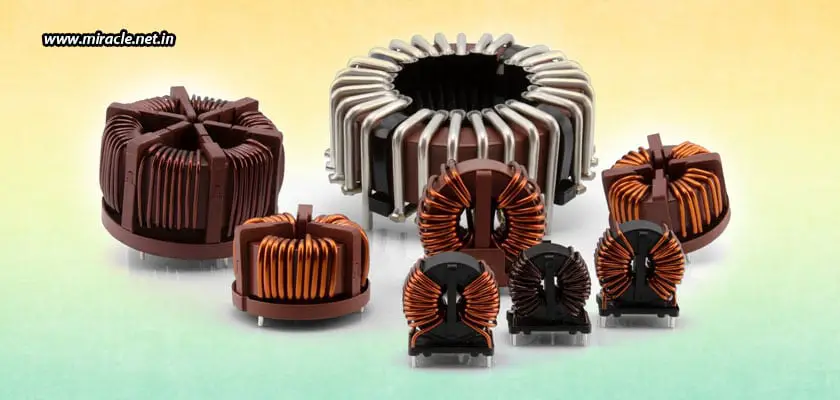Electric current, when flowing through a conductive material, generates a magnetic field, that which is strongest at the conductor’s surface, and weak farther from the conductor. Magnetizing a core material won’t stop it from having a magnetic charge when you stop magnetizing it. Instead, if you want to get it back to zero magnetization, you will have to reverse the magnetization. This is what is called the hysteresis loop, which occurs when alternating positive and negative magnetic fields are applied to the material.
Understanding the hysteresis loop
The magnetization force depicted by the symbol “H” is the magnetic field that is applied on the magnetic core material. And, the magnetic flux, depicted by the symbol “B”, is the total magnetic field flowing through an area, the intensity being referred to as flux density. The hysteresis loop is this B-H curve, analyzing which is very important when designing transformers, inductors, and chokes.
What elements alter the magnetic flux?
The area of the core, the number of turns, and the switching frequency are all important factors that alter the magnetic flux. If the core area, number of turns, and switching frequency are increased, the flux will decrease. Also, greater the core material’s permeability, greater is the flux density.
Designing a transformer, inductor, and choke
While designing an inductor or choke, you don’t want to cause saturation of the core by increasing the AC or DC current. The DC current is what generally saturates the core, as it’s constant and moves the core to a certain flux level. Yet, you need to always ensure that the maximum AC current is also well below the saturation point. Saturation can also be reached by increasing the flux density, normally by increasing the voltage. The core material’s permeability also impacts the saturation. High permeability saturates the core faster, and low permeability saturates the core at a higher flux density.
Read Full Article: UNDERSTANDING CORES, CHOKES, AND LOSSES
0






